There’s been a lot of hype going around on social media about the potential dangers of dog flea and tick preventatives. This has always been such a hard topic for me. I’m the type of person who likes to take as natural an approach as possible with my dogs. I don’t like the idea of exposing them to unnecessary chemicals, especially ones with known (potential) side effects. However, my senior papillon, Kitsune, suffers from flea allergy dermatitis. If he gets so much as a single flea bite, it will often times develop into a hot spot. Flea allergy dermatitis, and the resulting hot spots, make Kit so miserable that I do whatever I can to prevent them, including use flea (and tick) preventatives from our vet.
Post Contents:
- 1 What is flea allergy dermatitis?
- 2 What are the symptoms of flea allergy dermatitis?
- 3 What are hot spots?
- 4 What is the treatment for flea allergy dermatitis, and resulting hot spots?
- 5 The best cure is prevention!
- 6 Other things you can do to help…
- 7 Thankfully, though, it’s been years since my dog has had a FAD flare!
What is flea allergy dermatitis?
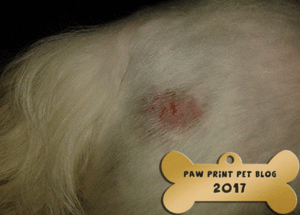
Very simply, flea allergy dermatitis (FAD) is a hypersensitivity to flea bites. Dogs with FAD are allergic to flea saliva, which is injected into their skin when a flea bites them.
What are the symptoms of flea allergy dermatitis?
Symptoms of FAD can occur as soon as 15 minutes after a flea bites an affected dog. In some dogs, however, more serious symptoms can take 24-48 hours to develop. Symptoms of flea allergy dermatitis in dogs can include…
- Intense itching, which usually results in excess scratching, licking, and chewing at affected areas.
- General discomfort and restlessness.
- Hair loss.
- Red, inflamed, darkened, and/or thickened skin.
- Hot spots.
- Wounds caused by biting and scratching, usually focused around the back, belly, thighs, and the base of the tail.
What are hot spots?
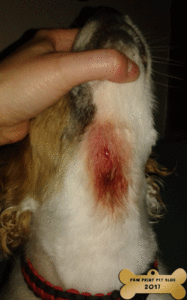 My poor Kitsune commonly develops hot spots as a result of his flea allergy dermatitis.
My poor Kitsune commonly develops hot spots as a result of his flea allergy dermatitis.
Hot spots are also known as acute moist dermatitis. They are areas of very inflamed, irritated, red skin. Hot spots are most commonly found on dog’s faces, necks, legs, and hips, although they can occur anywhere. They may bleed and become infected, especially if your dog is prone to licking, biting, or scratching at them. Hot spots are commonly caused by parasites, such as fleas, or any other condition that causes your pet to bite, scratch, and lick at themselves.
Unfortunately, my Kitsune always has a hard time leaving his hot spots alone. He bites (if he can reach) and scratches at them until they become a horrible bloody mess. I often have to resort to putting a cone on Kitsune to get him to leave his hot spots alone long enough for them to heal.

What is the treatment for flea allergy dermatitis, and resulting hot spots?
With my own dog, an instance of FAD, and any resulting hot spots, often time means the cone of shame makes an appearance. Luckily, these days, there are quite a few types of comfort cones available for dogs. These are a big improvement on the ugly, uncomfortable plastic cones of old.
Talk to your vet if you suspect your dog is suffering from flea allergy dermatitis. Many vets will prescribe medications such as corticosteroids or antihistamines to help make your dog more comfortable. Additional medications may be required if your dog’s symptoms include a bacterial or yeast infection of the skin.
The best cure is prevention!
 Here’s where we circle back to flea and tick prevention. I get being cautious about using medications with our pets. I would absolutely hate for one of my little ones to suffer a negative side effect from their flea/tick prevention. But you know what I also hate? Watching my dogs suffer when I know there’s a way for me to prevent that suffering. And if you can’t tell by the gross photos of Kit’s hot spots above, flea allergy dermatitis and the resulting hot spots very much do cause Kitsune suffering.
Here’s where we circle back to flea and tick prevention. I get being cautious about using medications with our pets. I would absolutely hate for one of my little ones to suffer a negative side effect from their flea/tick prevention. But you know what I also hate? Watching my dogs suffer when I know there’s a way for me to prevent that suffering. And if you can’t tell by the gross photos of Kit’s hot spots above, flea allergy dermatitis and the resulting hot spots very much do cause Kitsune suffering.
Preventing fleas in the first place is the best way to deal with flea allergy dermatitis. You can talk to your vet about what flea preventative is best for your individual dog.
Unfortunately, I never had amazing luck using only natural products to prevent fleas and ticks. I’ve tried quite a few natural products over the years, but never found our “holy grail” natural flea/tick product. Between Kitsune’s issues with FAD, and my younger dog, Fenrir, already having Lyme disease, fleas and ticks are just not something I feel like I can afford to mess around with anymore. Both of my dogs are on flea/tick preventatives from our vet.
Other things you can do to help…
Kit is a high maintenance dog, especially in the summertime. I bathe him often to clean off any allergens that may have gotten onto his fur. I try to brush him daily, but more realistically probably get it done a few times a week, and I make sure to stay on top of his flea preventative. He gets high quality home prepared food and I supplement his diet with fish oil for his skin and fur. When his symptoms get bad, especially when/if he develops hot spots, he requires treatment that is usually a combination of topical and oral meds from the vet. Sometimes we have to resort to putting booties or a cone on him to prevent him from hurting himself.
In addition to all that, I also make sure to keep our house as clean as possible. I vacuum the floors daily to eliminate allergens and to ensure that fleas don’t have anywhere to hide out. All our bedding gets washed frequently and furniture gets vacuumed/cleaned at least once a week.
Thankfully, though, it’s been years since my dog has had a FAD flare!
I guess what I’ve been doing has been working! The pictures I used of Kitsune with hot spots and FAD were taken back in 2017. I can’t even remember when Kit last had fleas. It’s been years! I’d like to credit his flea prevention, and my efforts to keep him clean and flea free. But, to be honest, we also moved out of the city a few years ago, and ever since I don’t think I’ve seen a single flea on either of my two dogs. Of course country dogs can encounter fleas too, so I won’t be stopping my efforts to keep Kitsune comfortable and flea free.
I’m happy to do whatever it takes to keep Kit as comfortable as possible!
Do you have a pet that suffers from flea allergy dermatitis? What are some things you’ve found that help keep your pet more comfortable? Comment below!
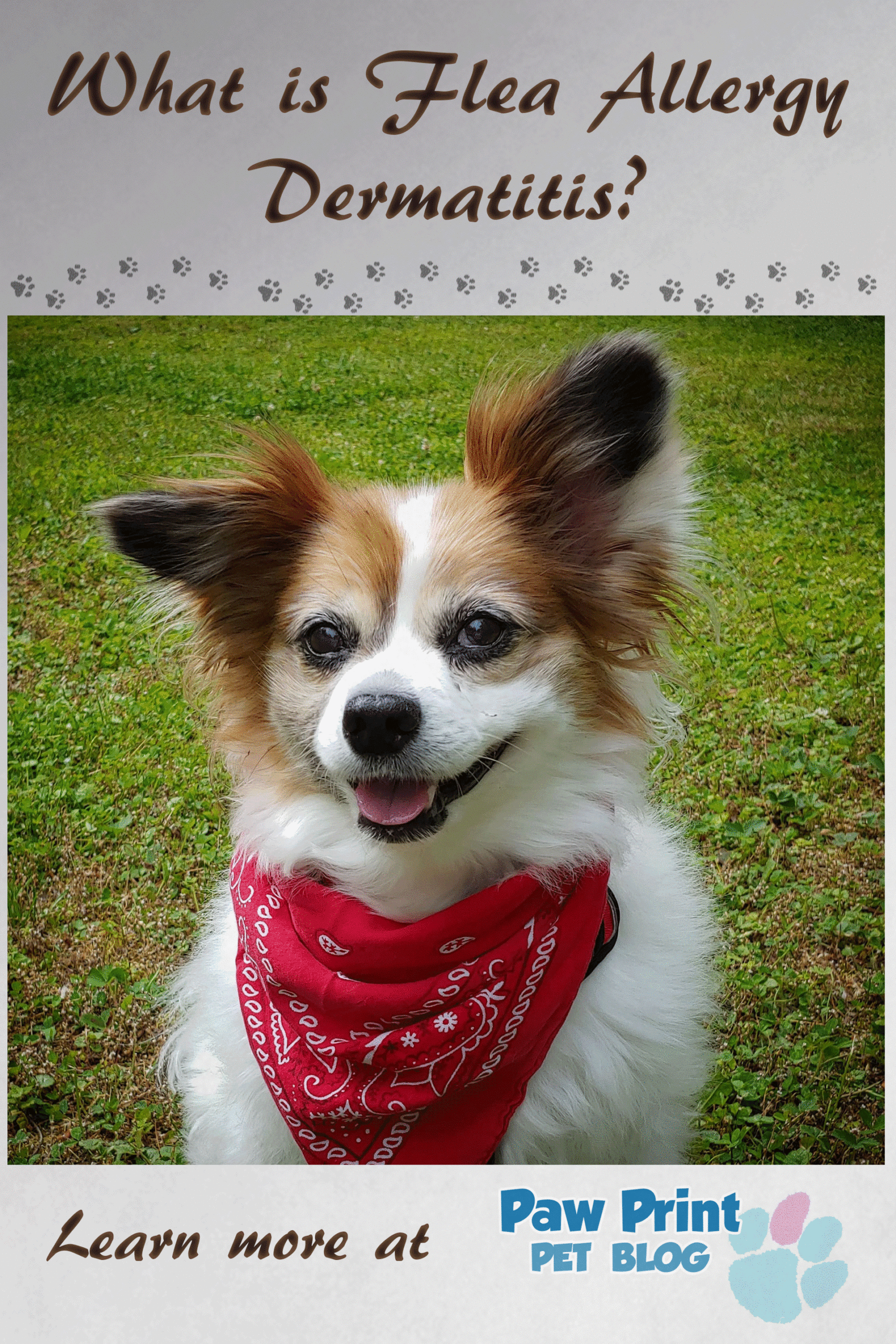


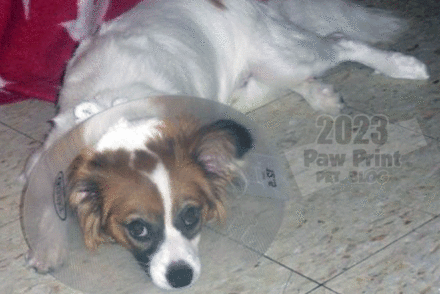
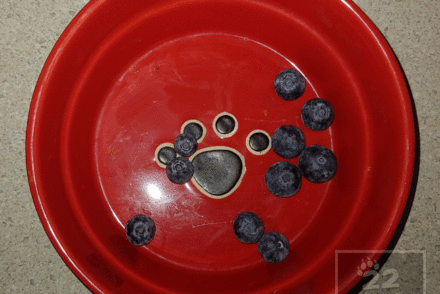

No Comments